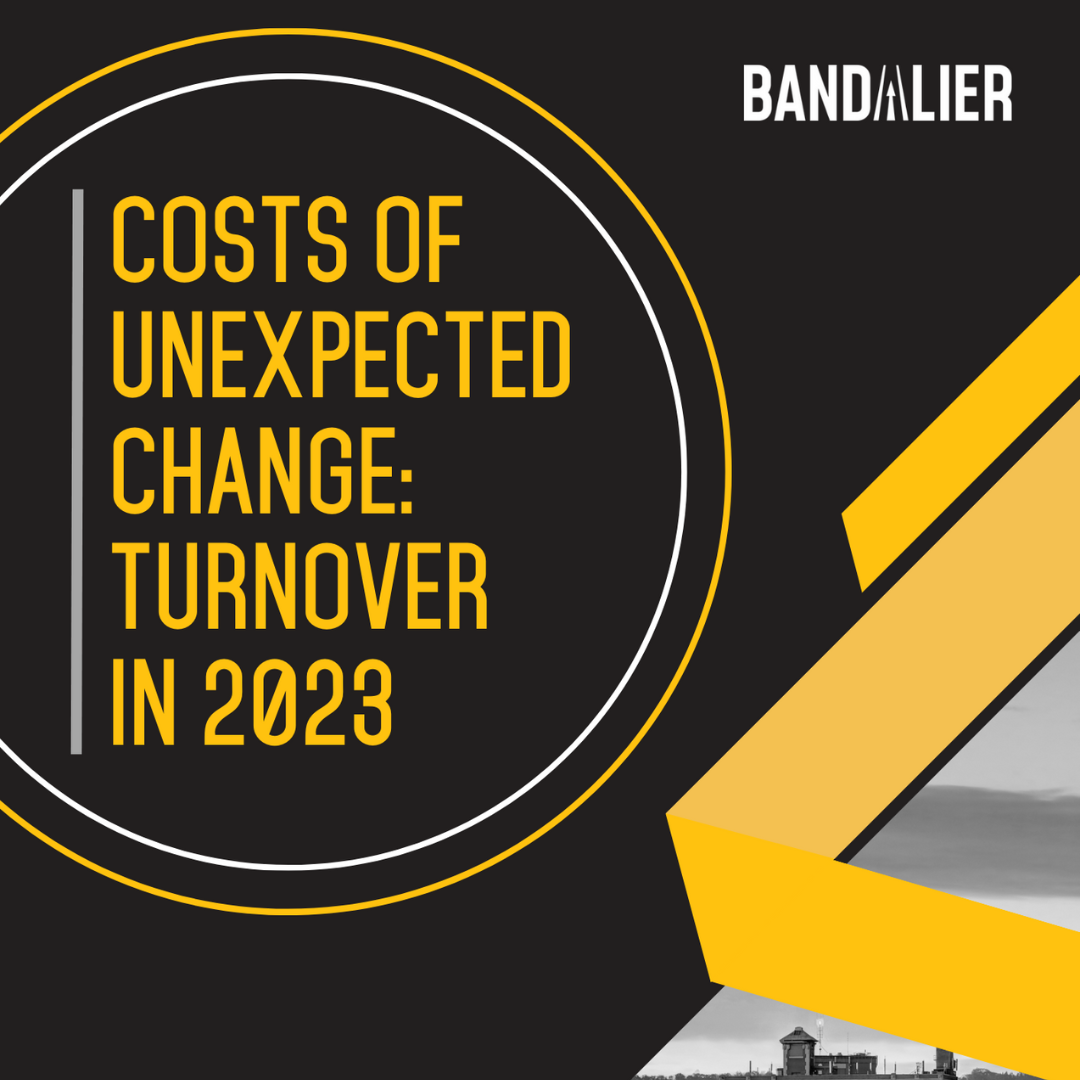Discover why SDRs leave with a 30-35% turnover rate, costing $15k-$60k per rep, and learn retention strategies.
Introduction
SDR turnover rates are startlingly high, consistently averaging above 30% – not only that, but 12% of companies see annual SDR turnover rates above 55% . This translates to short tenures for SDRs, ranging from 14 to 18 months.
This extremely high turnover is hurting sales organizations. The constant churn of SDRs leads to lost productivity and revenue. Sales leaders need to implement strategies to improve retention rates.
Cost of High Turnover
High SDR turnover comes at a significant cost to companies, ranging from from 50-200% of the rep’s annual salary when accounting for lost productivity, recruiting, training, and onboarding expenses.
During the ramp-up period when a new SDR is coming up to speed, productivity can fall by 50% or more. It takes the typical SDR 3-6 months to reach full quota after being hired. All of this lost productivity significantly impacts the sales team’s ability to hit revenue targets.
Organizations with high sales turnover see 34% lower quota attainment than those with average turnover rates. Sales leaders simply can’t grow revenue consistently with 1/3 or more of their SDR team turning over annually.
Main Reasons SDRs Leave
There are several key factors that contribute to the high turnover rates seen among SDRs and outbound sales reps. According to research from LinkedIn, the top reasons SDRs voluntary leave their roles include:
- Lack of career progression – Most SDRs view their role as a stepping stone to becoming an account executive. Without a clear path to promotion, SDRs often leave to pursue AE roles at other companies. According to a survey from Lusha, 72% of SDRs said career progression opportunities impact their likelihood of staying at a company long-term.
- Poor management – Sales leaders who don’t provide enough support, coaching, and motivation contribute to burnout. SDRs need engaged managers who can set expectations, provide feedback, and help them improve.
- Unrealistic quotas – Quota attainment is directly tied to compensation for SDRs. Unreachable quotas demotivate SDRs and cause them to look elsewhere.
- Lack of coaching and development – Coaching and skills training are key for SDRs to improve and feel invested in. Without development opportunities, SDRs don’t feel like they are growing in their roles.
- Feeling like a cog in the wheel – SDRs want to feel valued and that their work matters. At some companies, SDRs feel like replaceable commodities, leading to low engagement.
How to Reduce SDR Turnover
The key to reducing high SDR turnover rates and improving retention is implementing strategies that show employees they have a long-term future with the company. Sales leaders should focus on providing SDRs with a clear path to promotion, robust training and onboarding, ongoing coaching and feedback, reasonable quotas and workloads, and a supportive and engaging sales culture.
Creating a defined career path to an Account Executive role is hugely important for retention. SDRs need to understand what skills and metrics they must achieve to be promoted, and the timeline for promotion opportunities. Having a progression framework leads to more engaged and motivated SDRs.
It’s also vital to invest in thorough onboarding and ongoing skills training. New SDRs need extensive ramp-up time to learn products, objections handling, prospecting approaches, and sales skills. Ongoing training through coaching sessions, workshops, and online modules ensures skills stay sharp. Providing learning opportunities makes SDRs feel valued and set up for success.
Managers should provide consistent 1-on-1 coaching and feedback to SDRs. Meeting weekly allows managers to offer guidance on prospecting strategies, deal with roadblocks, acknowledge achievements, and keep SDRs focused on goals. Constructive feedback delivered regularly is shown to improve SDR motivation and performance according to EBQ.
Additionally, establishing reasonable quotas and territory assignments prevents burnout. Quotas should motivate SDRs without being demoralizing if unattainable. Workloads should allow for work-life balance. SDRs who have sufficient time and achievable goals are more likely to thrive.
Finally, building an engaging, supportive sales culture focused on SDR success boosts retention. Sales leaders should promote collaboration and accountability. Rewards and recognition for top SDRs make them feel valued. A strong culture where SDRs are respected helps retention according to industry research.
Key Takeaways
In summary, the main reasons for high SDR turnover include lack of career progression, poor management, unrealistic quotas, inadequate training and coaching, and feeling like just another cog in the wheel. To reduce turnover, sales leaders should focus on providing SDRs with:
- Clear career paths to AE roles
- Thorough onboarding and ongoing skills training
- Consistent feedback, coaching, and performance management from managers
- Reasonable quotas and territory assignments
- An engaging, supportive sales culture with recognition and rewards
- Opportunities for professional development and growth
Implementing targeted strategies to improve SDR engagement, development, and retention will reduce turnover, boost productivity, and increase revenue. The time is now for sales leaders to make retaining top SDR talent a top priority.













